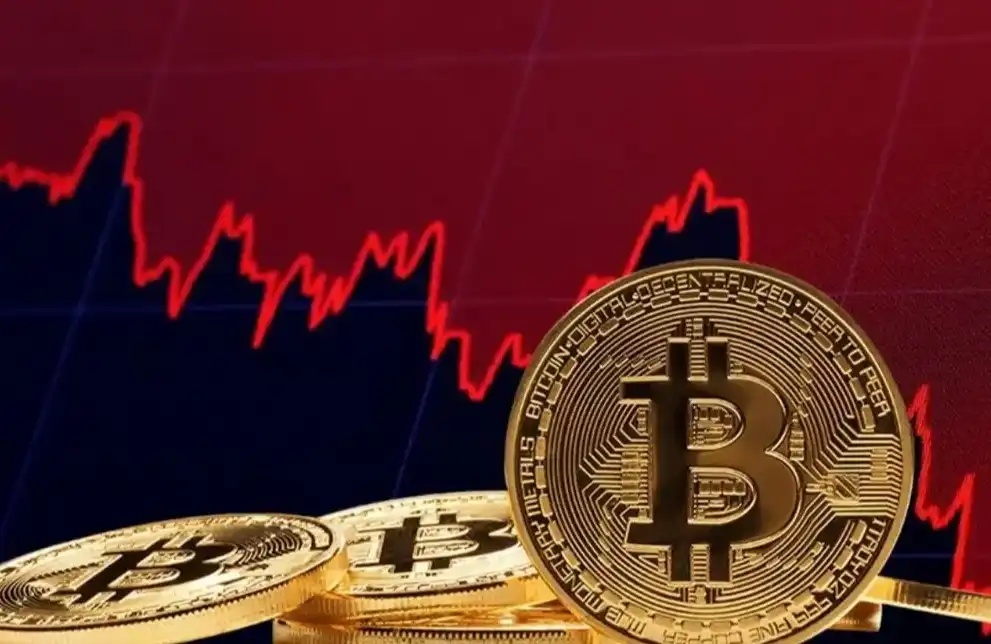Circle responds to USDC anchor break (full text) : Use external capital to cover reserve shortfall if necessary
The impact of the Silicon Valley Bank explosion on the cryptocurrency industry continues. At present, the deepest and most widespread impact belongs to the world's second largest stablecoin USDC. This important infrastructure of cryptocurrency with a market value of 40 billion dollars has a risk exposure of 3.3 billion dollars in Silicon Valley Bank. The spooked cryptocurrency industry is already seriously underconfident. Redemptions and sales of USdcs were severely unanchored in a short period of time, with the industry's most compliant $1 stablecoin worth less than 90 cents on March 11.
In response, Circle issued a fact sheet and a response. Most importantly, Circle stated that if 100% of Silicon Valley Bank's $3.3 billion in reserves were not returned, Circle would use corporate resources, including outside capital, to make up for any shortfall. It also injects some confidence into the industry.
Here is the full Circle response:
Although USdcs are available 7x24 hours on-chain, issuance and redemption are subject to the working hours of the US banking system.
When Bank of America opens on Monday morning, USDC liquidity operations will resume as normal. In fact, our team is well positioned to handle a large number of transactions, building on the strong liquidity and reserve assets discussed below.
As a regulated payment token, the USDC will continue to exchange at a one-to-one rate against the dollar.
What just happened?
Silicon Valley Bank, an old and trusted partner in America's innovation economy, has just suffered a classic bank run, as we saw during the 2008 financial crisis. Few traditional banks have enough liquidity to withstand such a run. SVBS have suffered heavy losses, resulting in them being forced to sell long-term assets to meet redemptions. The settlement period caused short-term liquidity pressures that led the FDIC to step in to regulate banks yesterday. The fate of SVBS is being decided by the FDIC this weekend, and we hope they will find a solution that protects 100% of customer assets.
What is the impact of USDC reserves?
The USDC's 100% collateral is made up of cash and US Treasury securities.
Specifically, the USDC is currently secured by 77 percent ($32.4 billion) of Treasury bills with maturities of three months or less and 23 percent ($9.7 billion) of cash held in a variety of institutions, of which SVBS are just one. U.S. Treasury bonds are the most liquid assets in the world. They are direct obligations of the U.S. government. The reserves are held in custody by BNY Mellon and managed by BlackRock for active liquidity and asset management. Anyone can view the entire liquidity ladder with the USDXX code, including the CUSIP number.
The remaining 23 percent, or $9.7 billion, is in cash. Last week, we took action to reduce banking risk and deposited $5.4 billion into BNY Mellon, one of the world's largest and most stable financial institutions, known for the strength of its balance sheet and custody services.
USDC's $3.3 billion in cash reserves remain at SVBS. As of Thursday, we have begun to transfer these funds to other banking partners. While these transfers had not settled as of Friday's close, we are confident in the FDIC's management of SVBS and are prepared to receive these funds.
With $1 billion of USDC reserves held at Customers Bank, the industry is looking to expand its trade settlement options, and Circle maintains trade and settlement accounts for USDC at Signature Bank. Both banks are important to the digital asset industry.
USDC has no exposure to Silvergate; We had already moved the few reserves we had to support USDC transactions before the bank closed.
What do we expect from SVBS and the FDIC?
We have reason to believe that transfers initiated before the bank entered receivership will be processed normally under applicable FDIC policies. In other words, the FDIC should allow transactions to settle normally within a bank's standard daily processing cycle until the FDIC takes over a failing institution. We understand that the FDIC is currently in the process of determining the status of transactions initiated before the takeover deadline applies, and transfers initiated on Thursday will likely be processed on Monday.
In addition, SVBS have a strong franchise and are a center for the growth of the entrepreneurial and technology industries in the United States. We hope that the FDIC as receiver will seek to quickly purchase and assume a strong franchise like SVBS to ensure that all depositors are repaid.
However, SVBS may not be fully repaid and any restitution may take some time because the FDIC issues IOUs (i.e., receivership certificates) and pays prepaid dividends to deposit holders.
In this case, Circle will use corporate resources, involving outside capital if necessary, to support the USDC and cover any shortfalls, as required by stored value Money transfer regulation laws.
Source of original text
Welcome to join the official BlockBeats community:
Telegram Subscription Group: https://t.me/theblockbeats
Telegram Discussion Group: https://t.me/BlockBeats_App
Official Twitter Account: https://twitter.com/BlockBeatsAsia


 Forum
Forum Finance
Finance
 Specials
Specials
 On-chain Eco
On-chain Eco
 Entry
Entry
 Podcasts
Podcasts
 Activities
Activities
 OPRR
OPRR








